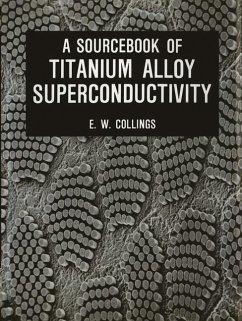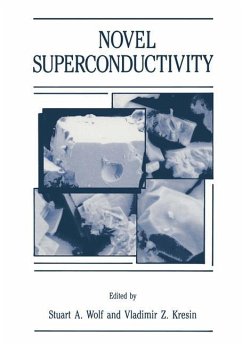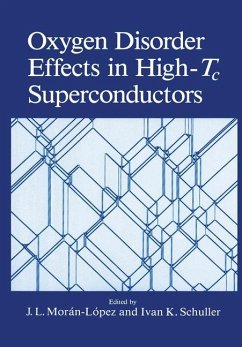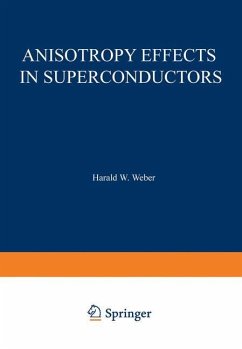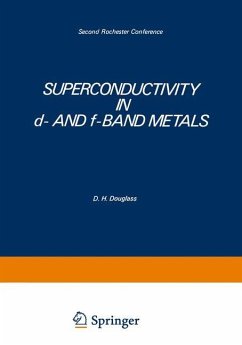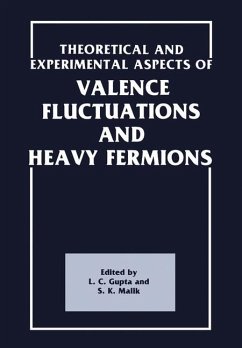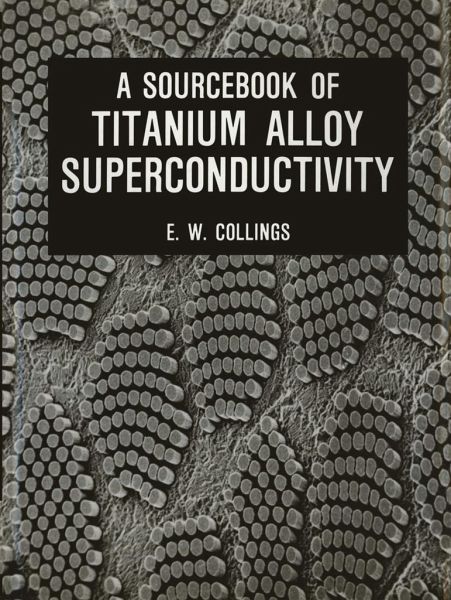
A Sourcebook of Titanium Alloy Superconductivity
In less than two decades the concept of supercon In every field of science there are one or two ductivity has been transformed from a laboratory individuals whose dedication, combined with an innate curiosity to usable large-scale applications. In the understanding, permits them to be able to grasp, late 1960's the concept of filamentary stabilization condense, and explain to the rest of us what that released the usefulness of zero resistance into the field is all about. For the field of titanium alloy marketplace, and the economic forces that drive tech superconductivity, such an individual is Ted Collings. nology soon focused on niobium-titanium alloys. They His background as a metallurgist has perhaps given him are ductile and thus fabricable into practical super a distinct advantage in understanding superconduc conducting wires that have the critical currents and tivity in titanium alloys because the optimization of fields necessary for large-scale devices. More than superconducting parameters in these alloys has been 90% of all present-day applications of superconductors almost exclusively metallurgical. Advantages in use titanium alloys. The drive to optimize these training and innate abilities notwithstanding, it is alloys resulted in a flood of research that has been the author's dedication that is the essential com collected, condensed, and analyzed in this volume.




